«Russian Art Focus»

Михаил Добровольский
(Воронеж)
2022
осси "МИ"

Антон вейс
(Самара)
2022
хз "Старуха"
This artist-run space is literally ‘10 square metres of art’, as the Mikheevs put it. It is a training ground for artists who manage it themselves without a curator. There are no established values, no obvious markers of taste, there are no openings with drinks or other usual trappings of an art institution. There is just one focus at the centre of their mission. The Mikheevs support ‘arte povera’ in its broadest possible definition, lifted out of any historical context and at Starukha there is a nonstop open call on repeat button. Its goal: to attract ‘arte povera’ in whichever form it may manifest itself. There is an appetite for openness and experimentation. It’s all about art which is excluded from the art market and there is no place for commercial art sales.
The first exhibition in the space was a playful critique of the outdated post-conceptualist approaches characteristic of the leading Moscow art schools such as the ICA founded by Josef Backstein and Anatoly Osmolovsky’s (b. 1969) Baza Institute. An alumnus of the latter, Fyodor Dubrovin (b. 1985), photographed Baza’s educational space and instead of printing out the photographic images, he printed out the text of the properties and code taken from the photos on the hard drive of the computer. These 'snapshots' were put on display at Starukha on 24th of July, and a week later the artist put on display similar 'photographs' which he took at Starukha’s exhibition space. At the beginning of September, a local artist, performing under the pseudonym Pusto (Empty), invited visitors to a game of hopscotch. She drew the numbers in boxes laid out in the traditional way on the floor. At the end of October, local artist Anton Weiss (b. 1997) covered three walls and part of the ceiling with abstract works, using a mechanical process, hoping to arouse emotions among the viewers.
Сергей Гуськов

Федор дубровин
(Москва)
2022
хз "Старуха"